Hezbollah: 'Fully prepared to counter Israeli aggression, ambitions’
Lebanon’s Hezbollah resistance movement vows complete readiness to counter further potential Israeli aggression against the country, while considering the recent ceasefire deal that was reached between the regime and the movement to have been driven by its thousands-strong triumphant operations.
In a statement on Wednesday, the movement warned that it had prepared more than 300 defense lines south of the Litani River, saying its fighters, who have been deployed to each spot, were at the highest level of their readiness in terms of fighting force, equipment, and capabilities.
“The Islamic Resistance Operations Room confirms that its fighters from various military specialties will remain fully prepared to deal with the Israeli enemy’s ambitions and attacks,” it asserted.
“Their eyes will continue to follow the movements and withdrawals of the enemy’s forces beyond the borders, and their hands will remain on the trigger, in defense of Lebanon’s sovereignty and for the sake of the dignity and honor of its people,” the group noted.
Hezbollah said it pledged to complete the path of resistance with greater determination, and to continue standing by the side of the oppressed, the weak, and the resistance in Palestine with the holy city of al-Quds as its capital, “which will remain a title and a path for generations dreaming of freedom and liberation.”
Recounting its numerous successful retaliatory strikes against Israeli targets, the movement reminded that it kept up the operations for more than 13 straight months in support of Palestinians in the Gaza Strip, who are subject to a genocidal Israeli war, and in defense of the Lebanese people.
It prided itself on having carried out the operations on the orders of the movement’s former secretary general Sayyed Hassan Nasrallah, who was assassinated during intense Israeli airstrikes against Lebanon’s capital Beirut in September, hailing him as the “supreme martyr.”
The operations, the group added, also came as part of its honoring the directions of Nasrallah’s deserving successor, Sheikh Naim Qassem.
‘Hezbollah achieved victory over delusional enemy’
Through the strikes, the movement managed “to achieve victory over the delusional enemy that could not undermine its resolve or break its will,” it added.
In conducting the retaliation, Hezbollah’s fighters “were able to bring down its (the enemy’s) goals and defeat its army, and they wrote with their blood their steadfastness and perseverance in the battles of Tufan al-Aqsa and Ula al-Bas,” the group noted.
Tufan al-Aqsa (al-Aqsa Storm aka al-Aqsa Flood) referred to regional resistance movements’ determined defense of the war-hit Palestinians and the resistance factions’ respective territories in the face of deadly Israeli aggression.
The Uli al-Bas battle featured 105 operations, including a markedly successful ambush by Hezbollah against invading Israeli forces in southern Lebanon, during which more than 18 of the troops were killed, 32 others were wounded, and five of their advanced Merkava tanks were destroyed.
The latter set of strikes also featured the group’s Khaybar series of operations, “through which it targeted dozens of strategic and sensitive military and ‘security’ bases, which were hit for the first time in the history of the entity, using qualitative ballistic and precision missiles, and qualitative kamikaze drones.”
The projectiles and the aircraft “reached beyond Tel Aviv, 150 kilometers (93 miles) deep inside the occupied territories,” it stated.
‘130-plus Israeli forces killed in 4,635+ operations’
The movement put the total number of its operations at 4,637, namely 11 strikes per day, which targeted the regime’s various strategic and sensitive sites, barracks, bases, cities, and settlements from inside the Lebanese territory to the border between Lebanon and the occupied Palestinian territories and beyond Tel Aviv.
The number of the Israeli fatalities, meanwhile, reached more than 130, while 1,250 others were wounded as a result of the reprisal.
Hezbollah also hailed “destroying 59 Merkava tanks, 11 military bulldozers, two Hummer vehicles, two armored vehicles, and two personnel carriers,” besides shooting down “6 Hermes 450 drones, 2 Hermes 900 drones, and a quadcopter.”
“It should be noted that this tally does not include the Israeli enemy's losses in military bases, sites, barracks, settlements, and occupied cities.”
The group also fended off the enemy’s invasions of southern Lebanese areas and their attempts to establish a “military and security buffer zone” there.
“Nor was the enemy able to thwart the launching of missiles and drones on the occupied interior; and until the last day of the aggression, our Mujahideen continued to target the enemy’s depth from within the border towns.”
Falling short of realizing its initial ambitions, the regime launched a “second phase of the ground operation that was nothing more than a political and media announcement, as the enemy was unable to advance to the towns of the second line of the front, and suffered heavy losses in the city of Khiam, from which it withdrew three times, and in Ainatha, Taloussa, Bint Jbeil, and Qawzah.”
The Israeli military’s attempts to advance on the towns of al-Bayyda and Shamaa also ended up in the towns becoming “a graveyard for tanks and elite soldiers of the enemy army, who withdrew from it under the blows of the Mujahideen,” Hezbollah stated.
The movement cited the developments in the two towns as evidence of the readiness of its fighters to fend off further likely aggression on the part of the regime.
Hezbollah finally felicitated the Lebanese nation on the occasion of their “legendary steadfastness and sacrifices that did not stop at the enemy’s illusions,” “shattering” those illusions.
The victory achieved by the Lebanese people and resistance, it added, was witnessed by the displaced Lebanese returning to their homes in the country’s south “with pride and vigor.”
“You roam the corners of the world with victory, and you carry the lofty and steadfast banner in the field and conscience, which will remain resistant to oppression and aggression.”
VIDEO | Two killed, nine wounded in mass shooting at Brown University
VIDEO | Germany considers Tunisia for migrant 'return center' plans
VIDEO | UK protesters show solidarity with Palestinians at Christmas
VIDEO | UK digital ID cards spark debate over immigration control, security
VIDEO | Press TV's news headlines
US advised to respect Iranian people, their elected establishment: FM
Trump admin. asks transportation body to share passenger names in expanded deportation push: Report
UN sounds alarm over record Palestinian displacement, surge in illegal settler attacks in West Bank


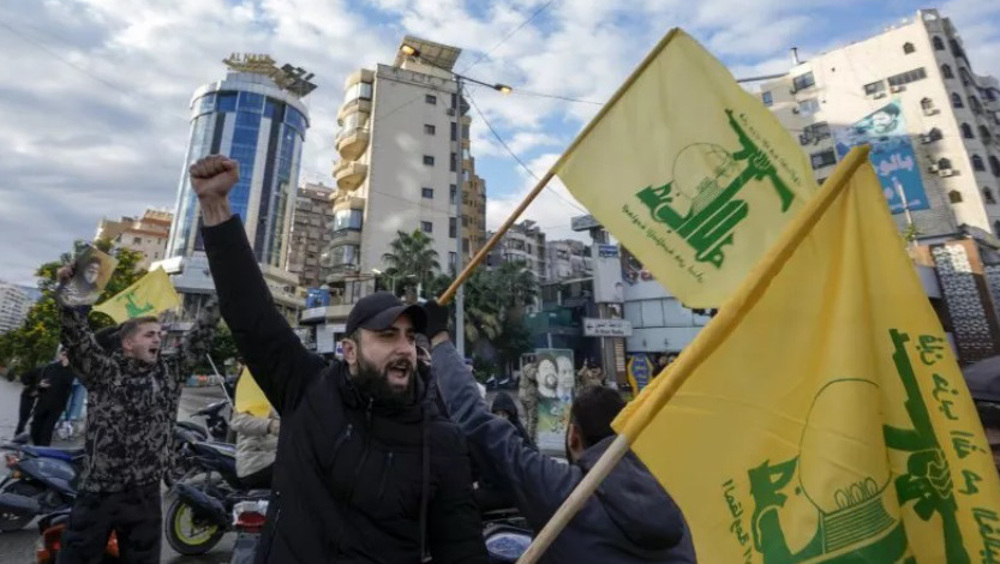
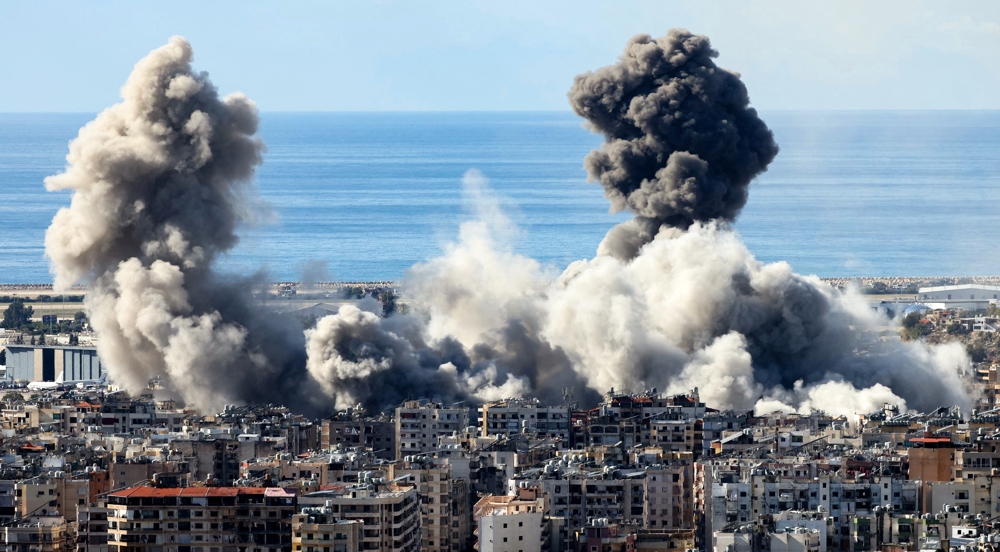
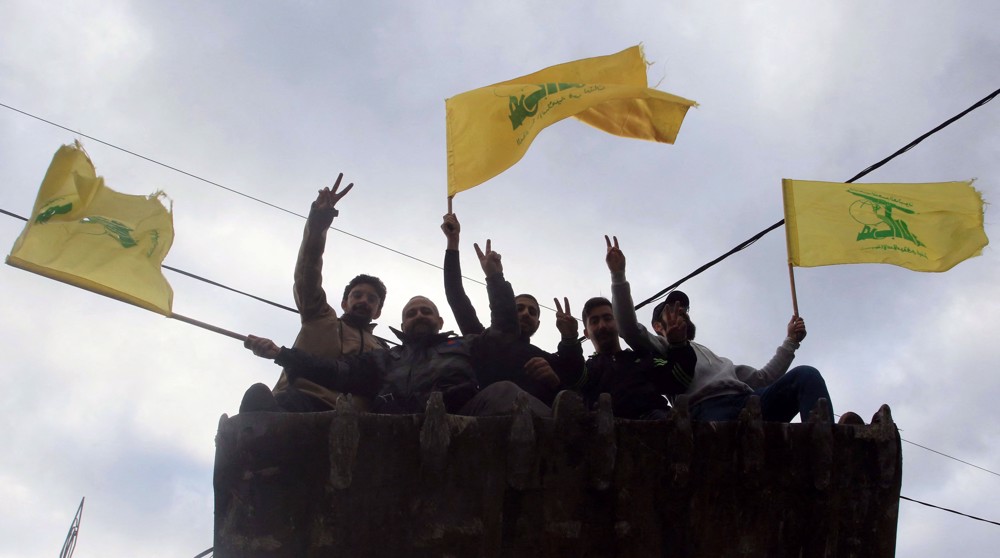
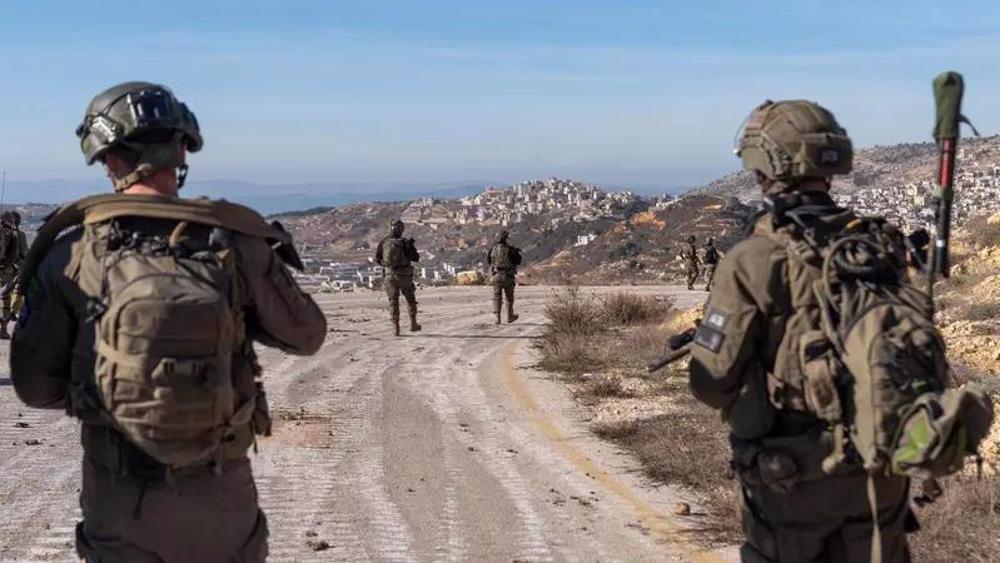
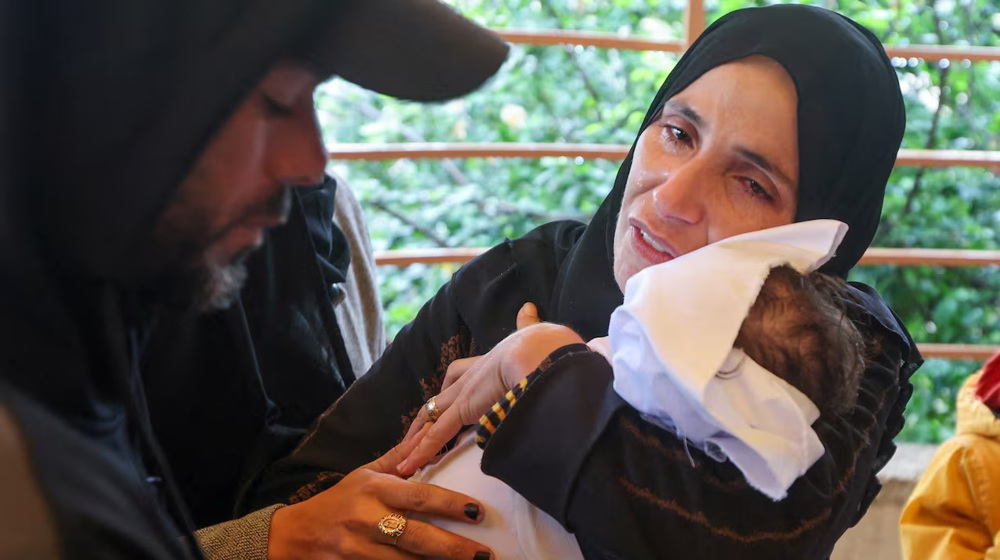




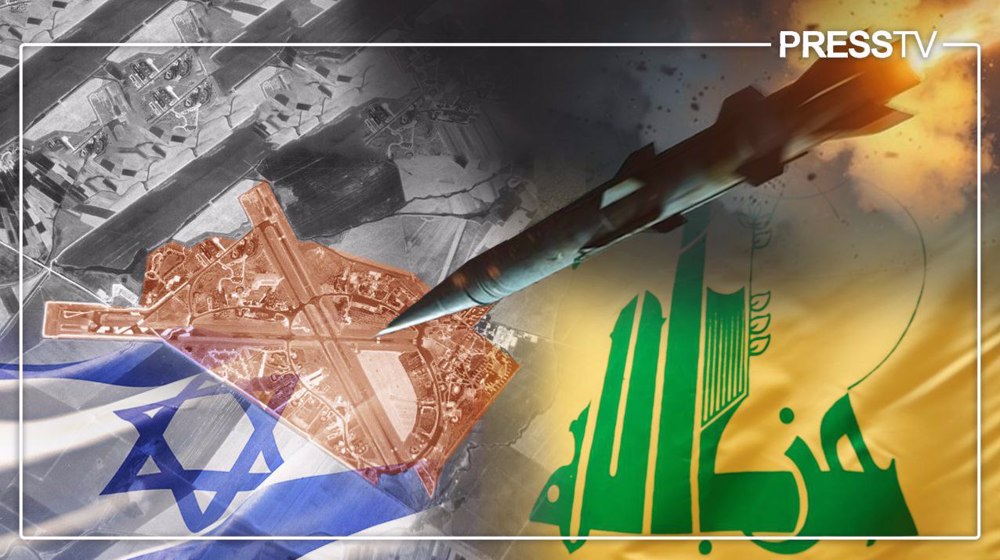
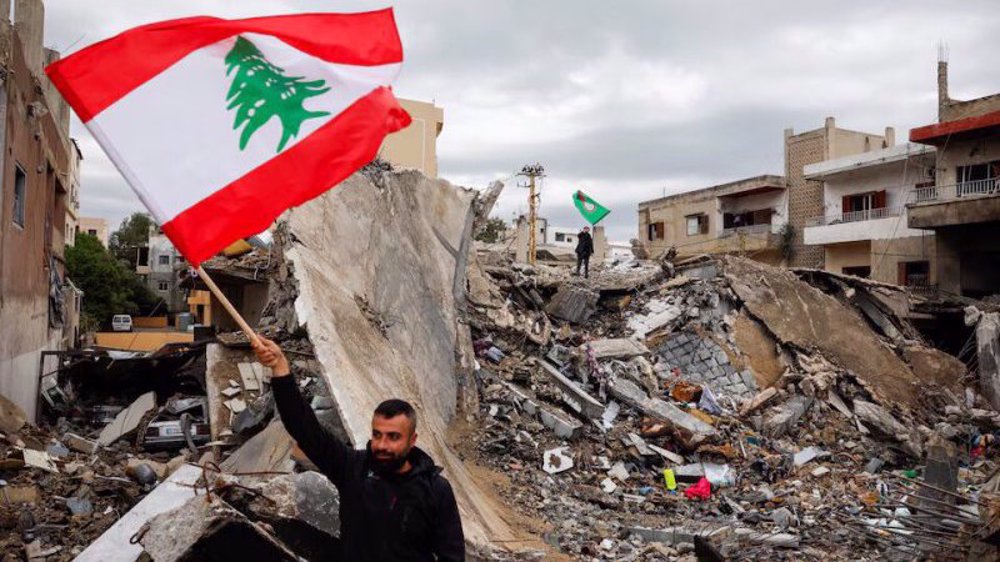
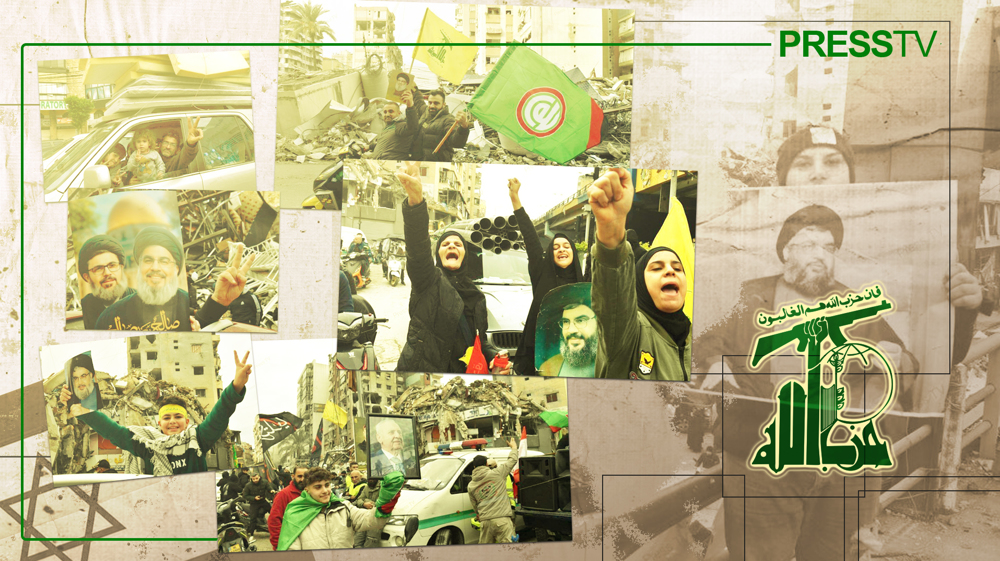

 This makes it easy to access the Press TV website
This makes it easy to access the Press TV website